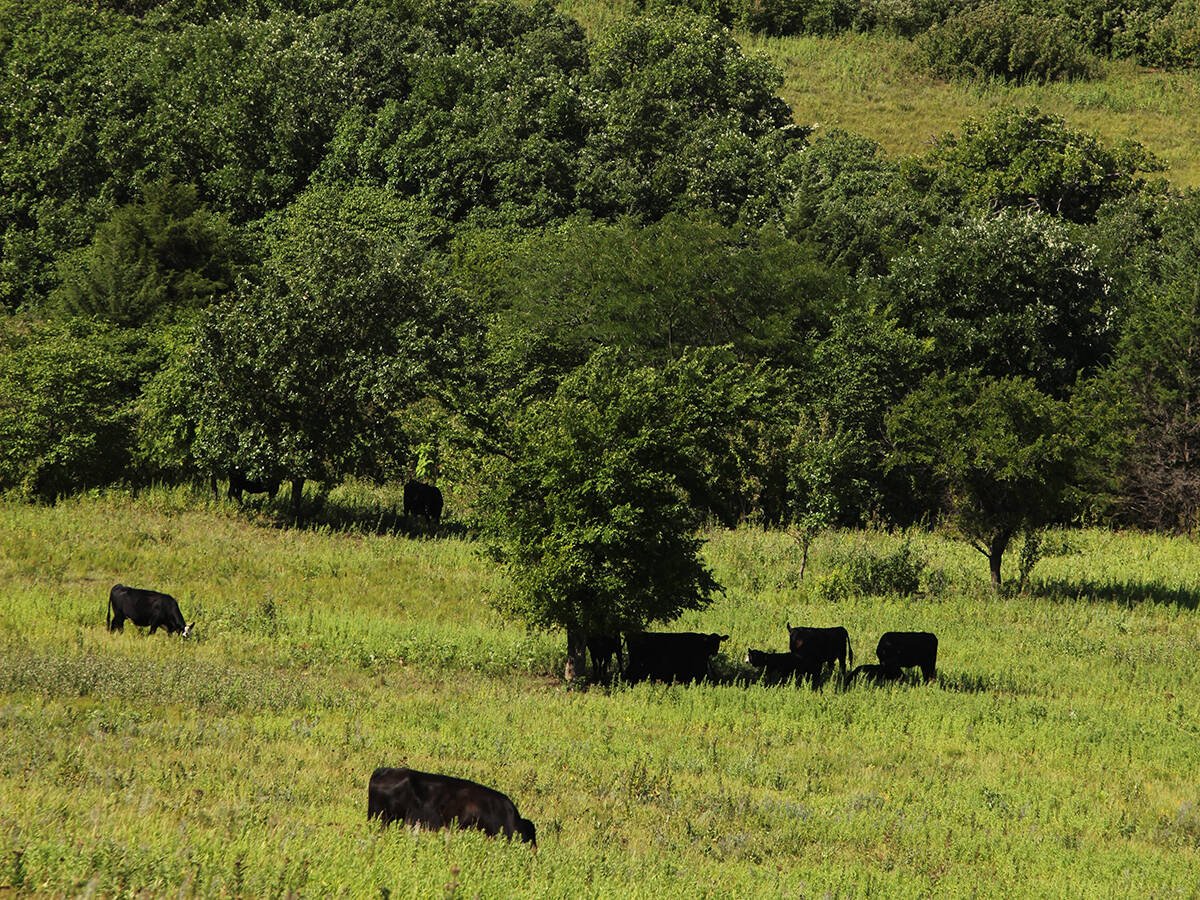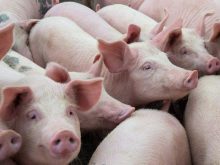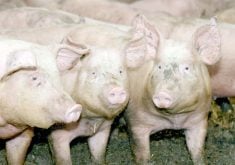SWIFT CURRENT, Sask. – Beef producers should more efficiently manage feed and its costs during the winter, says research scientist Bart Lardner.
Lardner of the Western Beef Development Centre at Lanigan, Sask., told producers attending a conference here that feed costs represent 60 to 75 percent of a cow’s annual cost. With hay prices sitting at $80 to $90 per tonne, the annual cow cost will be $500 or more.
He recommended producers test their feed in order to use it more efficiently.
“If you don’t, you’re going to be guesstimating,” he said. “You’ll probably underfeed and sacrifice performance.”
Read Also

Beef cattle more prone to trace mineral deficiencies
The trace mineral status of our cows and calves is a significant challenge for western Canadian producers and veterinarians.
Overfeeding obviously costs money. Lardner said producers can save $5,000 to $6,000 a winter by knowing exactly what their cattle are getting.
He told them to feed lower quality feed earlier in the season and save higher quality feed for calving time. The 100 days pre- and post-calving are the most critical feeding periods. Nutritional requirements are lowest post-weaning, creating an opportunity to save on feed costs.
He also urged producers to cull their unproductive cows before winter rather than waste feed and lose money on them. He used the example of 12 percent open cows in a 400-cow herd.
If each of those 48 cows had produced a 520 pound calf, worth $1 per lb. at weaning, the producer would have earned $24,960. Instead, he has to pay the cost of feeding the cow.
“The reason those cows are on your ranch is to give you a calf every 365 days. End of story,” Lardner said.
Another reason to cull those cows is because they will fall out of synchronization with the rest of the herd. To provide a calf each year, a cow must be bred within 83 days post-calving. He outlined several winter feeding methods including bale and crop residue grazing.
Some producers are looking to ethanol plant byproducts as a winter feed source. Lardner cautioned that there is less information available on wheat dry distillers grain than there is about corn and recommended producers work with a nutritionist.
The cost of DDG can also be a factor. Prices at Saskatchewan plants range from $135 to $150 per tonne, he said.















